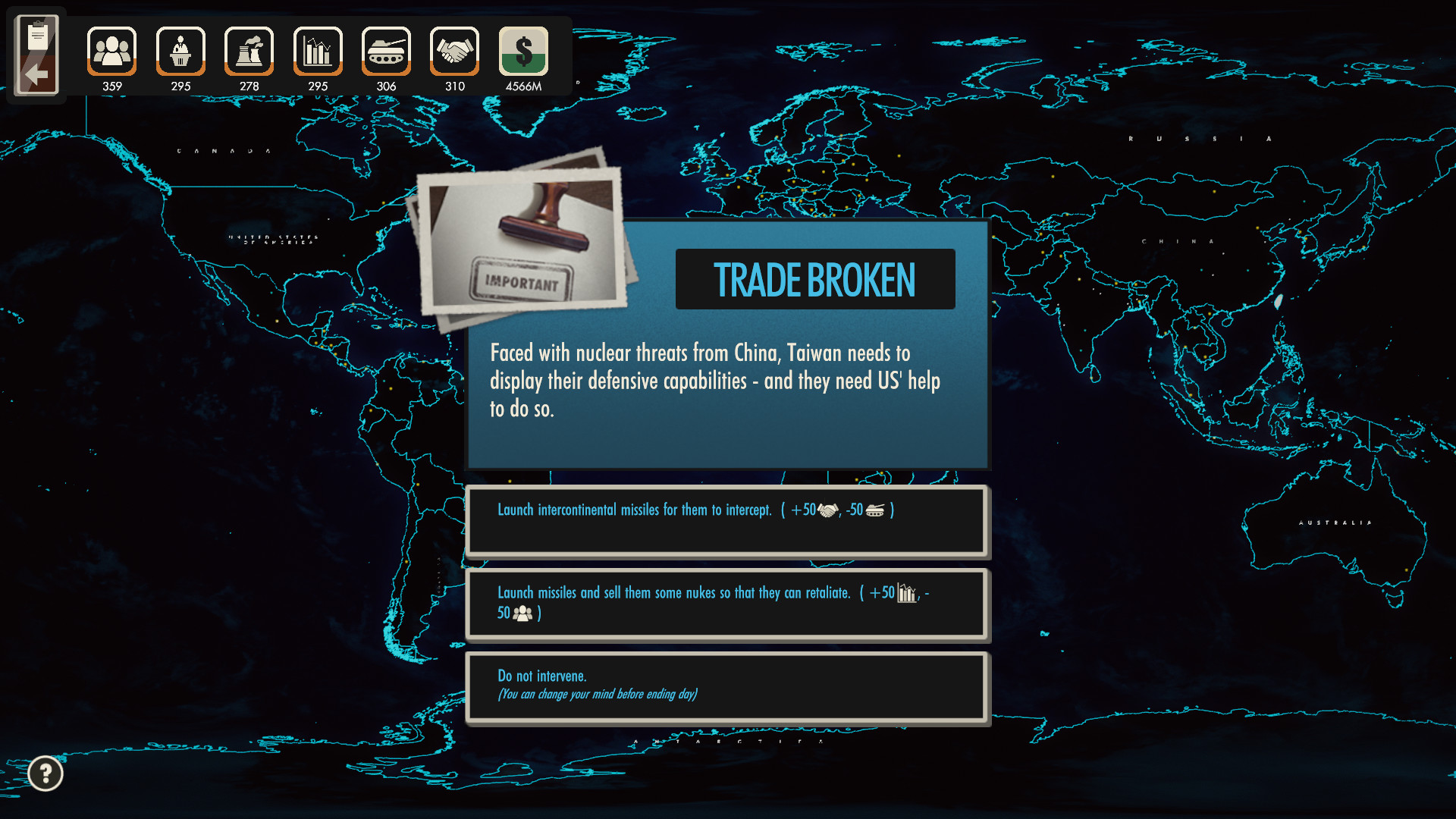
You will need to have administrative privileges in order to install software or perform certain other functions. To find out if you are an administrator on your particular computer, choose one of the links below:
Since Java is an optional package on the latest version of OS X, starting from OSX 10.7 (Lion), you need to either install Oracle JDK or choose this optional package. In this article, you will learn how to set JAVAHOME environment variable in different Mac OS X versions e.g. Mac OS X 10.7 Lion Mac OS X 10.8 Mountain Lion Mac OS X 10.9 Mavericks.
- Mac OS X
If you have problems while performing these steps, contact the NC State Help Desk for assistance.
Get To Know Your President Mac Os Download
- A brief introduction to the desktop features of your new Mac, as well as a quick tour of the organization of common places on your computer.
- First, click on the Apple logo on the top left corner of your screen. In the menu that opens, click on “About This Mac.” Choose About This Mac to find the current mac OS version.
Microsoft Windows 10
- Click on the Start button.
- Select Control Panel.
- In the Control Panel window, click on the User Accounts link.
- In the User Accounts window, click on the User Accounts link.
- On the right hand side of the User Accounts window will be listed your account name, account icon and a description.
- If the word “Administrator” is in your account’s description, then you are an administrator.
- If the words “Standard user” are there, then you are not an administrator and will need to log in as a different user.
Get To Know Your President Mac Os 11
Microsoft Windows Server 2003
- Click on the Start button.
- Select Control Panel.
- In the Control Panel window, double click on the User Accounts icon.
- In the lower half of the User Accounts window, under the or pick an account to change heading, find your user account.
- If the words “Computer administrator” are in your account’s description, then you are an administrator.
If the words “Limited user” are there, then you are not an administrator and will need to log in as a different user.
Mac OS X
- Open the Apple menu.
- Select System Preferences.
- In the System Preferences window, click on the Users & Groups icon.
- On the left side of window that opens, locate your account name in the list.
- If the word Admin is immediately below your account name, then you are an administrator on this machine.
- If the word Standard is there, then you are not an administrator and your account cannot be used to install software or make administrative changes.
Is your Mac up to date with the latest version of the Mac operating system? Is it using the version required by a product that you want to use with your Mac? Which versions are earlier (older) or later (newer, more recent)? To find out, learn which version is installed now.
If your macOS isn't up to date, you may be able to update to a later version.
Which macOS version is installed?
From the Apple menu in the corner of your screen, choose About This Mac. You should see the macOS name, such as macOS Big Sur, followed by its version number. If you need to know the build number as well, click the version number to see it.
Which macOS version is the latest?
Get To Know Your President Mac Os X
These are all Mac operating systems, starting with the most recent. When a major new macOS is released, it gets a new name, such as macOS Big Sur. As updates that change the macOS version number become available, this article is updated to show the latest version of that macOS.
Get To Know Your President Mac Os Catalina
If your Mac is using an earlier version of any Mac operating system, you should install the latest Apple software updates, which can include important security updates and updates for the apps that are installed by macOS, such as Safari, Books, Messages, Mail, Music, Calendar, and Photos.
| macOS | Latest version |
|---|---|
| macOS Big Sur | 11.3 |
| macOS Catalina | 10.15.7 |
| macOS Mojave | 10.14.6 |
| macOS High Sierra | 10.13.6 |
| macOS Sierra | 10.12.6 |
| OS X El Capitan | 10.11.6 |
| OS X Yosemite | 10.10.5 |
| OS X Mavericks | 10.9.5 |
| OS X Mountain Lion | 10.8.5 |
| OS X Lion | 10.7.5 |
| Mac OS X Snow Leopard | 10.6.8 |
| Mac OS X Leopard | 10.5.8 |
| Mac OS X Tiger | 10.4.11 |
| Mac OS X Panther | 10.3.9 |
| Mac OS X Jaguar | 10.2.8 |
| Mac OS X Puma | 10.1.5 |
| Mac OS X Cheetah | 10.0.4 |